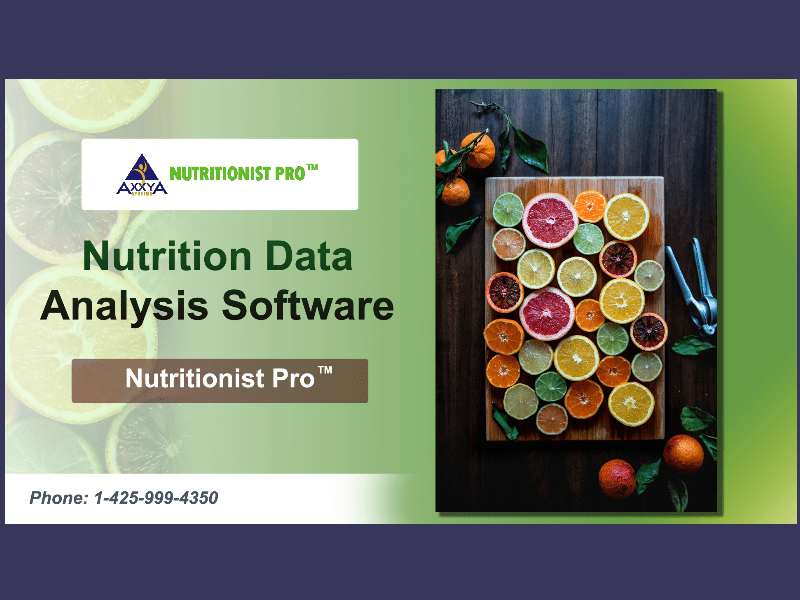Restaurant menus are largely responsible for influencing diners . The menu says a lot about the restaurant and its specialization and also plays a crucial role in a restaurant’s profitability.
But menu nutrition analysis isn’t an easy task. It requires in-depth research to optimize a restaurant menu efficiently. Some parts to analyze include the following.
Understand Your Competition:
Unless you know your competition, you are unlikely able to determine the correct cost and the market trends for the same dishes. This may also help set competitive prices for your dishes. But, the question is, if you offer lower prices for the same dishes, will you still have a return on investment? Sourcing ingredients efficiently and creating ideal portion sizes while maintaining nutritional values of menu items can help manage cost. One of the ways to become efficient is by using a nutrition data analysis software to test recipes for calories and nutritional values to ensure the needs of the diner are met while maintaining cost management.
Take Customer Feedback:
While one can have internal insights, there is also a need to focus on external sources. Customer feedback is a necessary part of restaurant menu analysis. Many restaurants do it through a Point-of-Sale integrated feedback application which generates custom questions for each customer based on the food they ordered and asks for reviews and ratings. This can give insights into the performance of a menu item.
Go with the Trends:
Present a good menu to your guests and be sure it leaves an excellent first impression. This means the need to change menus with the times, trends and habits. In order to do this, one has to look around the market and find the latest trends and introduce innovations to attract more customers. It may require you to create custom recipes in a nutrition data analysis software. Testing and fine tuning recipes may help create a great menu. Besides building custom recipes in a software, one can also see nutrient profiles, scale recipes, compare menus against nutrition goals, and also create reports.
Check Menu Profitability:
Profits keep a restaurant viable, which is why it is imperative to check how menus affect the diners. While analyzing the menu, make sure to separate short-term menu items from the long-term base menu items. If you can maintain the efficiency of the latter, then keep them, otherwise modify or remove them from the list.
Recipe card reports will help you analyze the profitability of each menu item. Consider your investment for buying the raw materials to prepare a dish and how much a diner will pay. In order to do that, you can leverage technology to check your recipe’s profitability reports and use it to make data-driven decisions for your restaurant.
Final Thought:
Restaurant menu nutrition data analysis isn’t a simple task. People may have a difficult time doing it manually and often fail to determine which food items are more profitable while also providing a diner with a healthy, nutritious item.
Nutritionist Pro™ can help in your daily work life. Nutritionist Pro™ comes with great features for recipe analysis, solutions for easy and fast menu creation, comparing recipe/menu against built-in nutrient goals, while allowing its users to add custom ingredient data to the recipes. To learn more about the advantages of implementing Nutritionist Pro™ for your restaurant business workflow, ask for a demo and schedule to speak with a Nutritionist Pro™ consultant.
